What are Perennial Weeds?
Perennial Weeds are longer lived plants that can survive winter or regrow from roots, rhizomes or tubers in spring after a period of dormancy. Many weeds that grow from seed ...

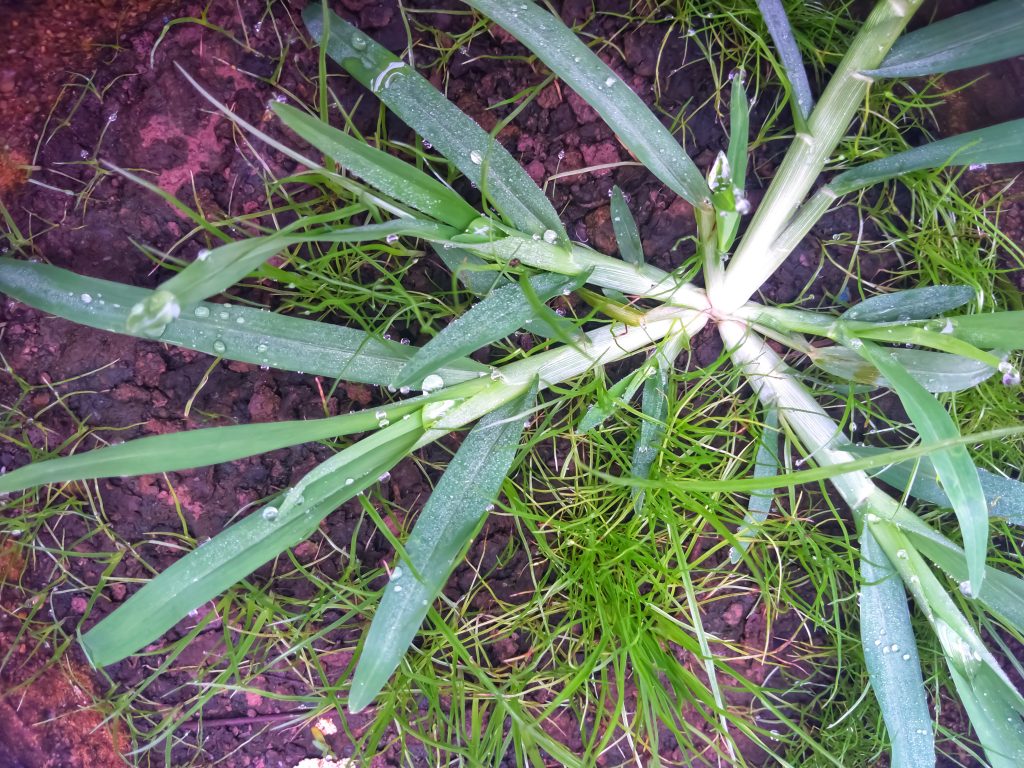 Crows Foot Grass is a common weed of lawns, gardens, parks, footpaths and roadsides.
Crows Foot Grass is a common weed of lawns, gardens, parks, footpaths and roadsides.
It was recently ranked in the top 200 environmental weeds in south-eastern Queensland and appears on the environmental weed lists in the wider Sydney and Blue Mountains regions of New South Wales.
Crows Foot Grass is also known as Bull Grass, Crab Grass, Dog Grass and Goose Grass.
Crows Foot Grass is tufted, with spreading or semi-upright stems that grow up to 60cm tall.
The dark green shiny leaf blades of the Crows Foot Grass are hairless – although the edges are rough to touch – and protrude from a pale sheath.
Crows Foot Grass seed heads, which can have a dozen or more spikes radiating like a windmill, appear in late spring or early summer.
Pale papery husks are left on the stalk once the mature reddish-brown seeds are shed.
Crows Foot Grass reproduces from seeds which can be spread by water, animals, or in contaminated soil.
There are several ways to kill Crows Foot Grass: manual and chemical.
Crows Foot Grass tolerates low mowing, so the best non-chemical control method is to dig up small individual plants before they develop seed heads.
Use a sharp spade, taking care to leave a generous margin around and under the roots.
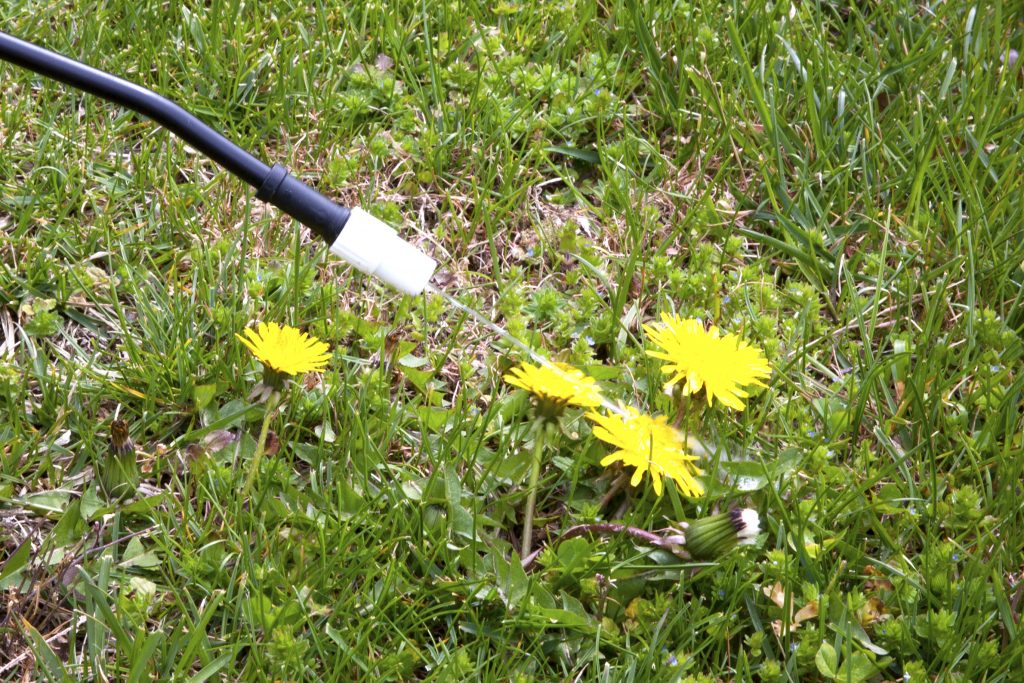 There are several pre-emergent and post-emergent herbicide sprays on the market that are suitable for managing larger infestations of Crows Foot Grass.
There are several pre-emergent and post-emergent herbicide sprays on the market that are suitable for managing larger infestations of Crows Foot Grass.
Glyphosate can be effective, but as a non-selective herbicide it will poison everything it touches, including the surrounding lawn.
Overspray of glyphosate is especially toxic to Kikuyu and Buffalo lawns.
It is safer to use a selective herbicide to kill any Crows Foot Grass.
To avoid damaging your lawn spot spray with products containing MCPA (that are marked on the label as being suitable for Paspalum, Nut Grass and Clover) or the active ingredients dimethenamid-P and pendimethalin.
The Crows Foot Grass plants must be actively growing and not under stress for any herbicide to work properly.
Depending on the maturity of the Crows Foot Grass plants and how large an area is affected, it may be necessary for you to spray more than once.
Always read the safety directions and instructions on the product label before use.
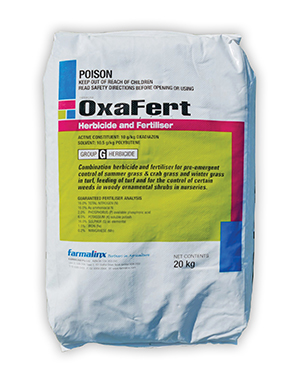
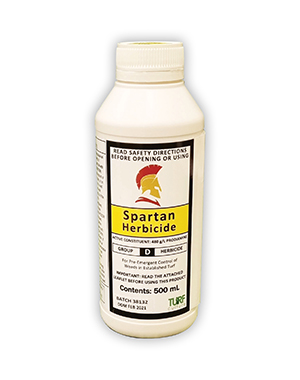
Spartan is one of the leading pre-emergent Herbicides for the control of Crowsfoot Grass. Spartan is suitable for use on Zoysia, Kikuyu, Couch and Buffalo grasses. Always read the safety directions and instructions on the product label before use.
SHOP NOW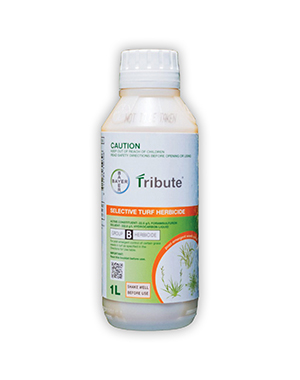
Tribute 1L is a selective post-emergent Herbicide that provides control for grass weeds such as Crowsfoot Grass. Suitable for use on Zoysia and Couch lawns and CANNOT be used on Queensland Blue Couch, Buffalo and Kikuyu lawns. Always read the safety directions and instructions on the product label before use.
SHOP NOWCrows Foot Grass is a difficult to control weed that tolerates low mowing heights and compacted soils with inadequate nutrient levels.
A program of regular nitrogen-based fertiliser application and mowing that ensures you have a strong, healthy lawn provides the best defence against infestation by weeds such as Crows Foot Grass.
Aim to fertilise the lawn four times a year, twice in spring and again in late summer and autumn. Use a slow-release product suited to the variety and soil types it’s growing in.
In areas where Crows Foot Grass is a known problem, try using a pre-emergent herbicide in autumn to stop weed seeds from germinating in the following spring.
myhomeTURF recommends OxaFert, which is a combination product containing both fertiliser and pre-emergent herbicide. Always read the safety directions and instructions on the product label before use.